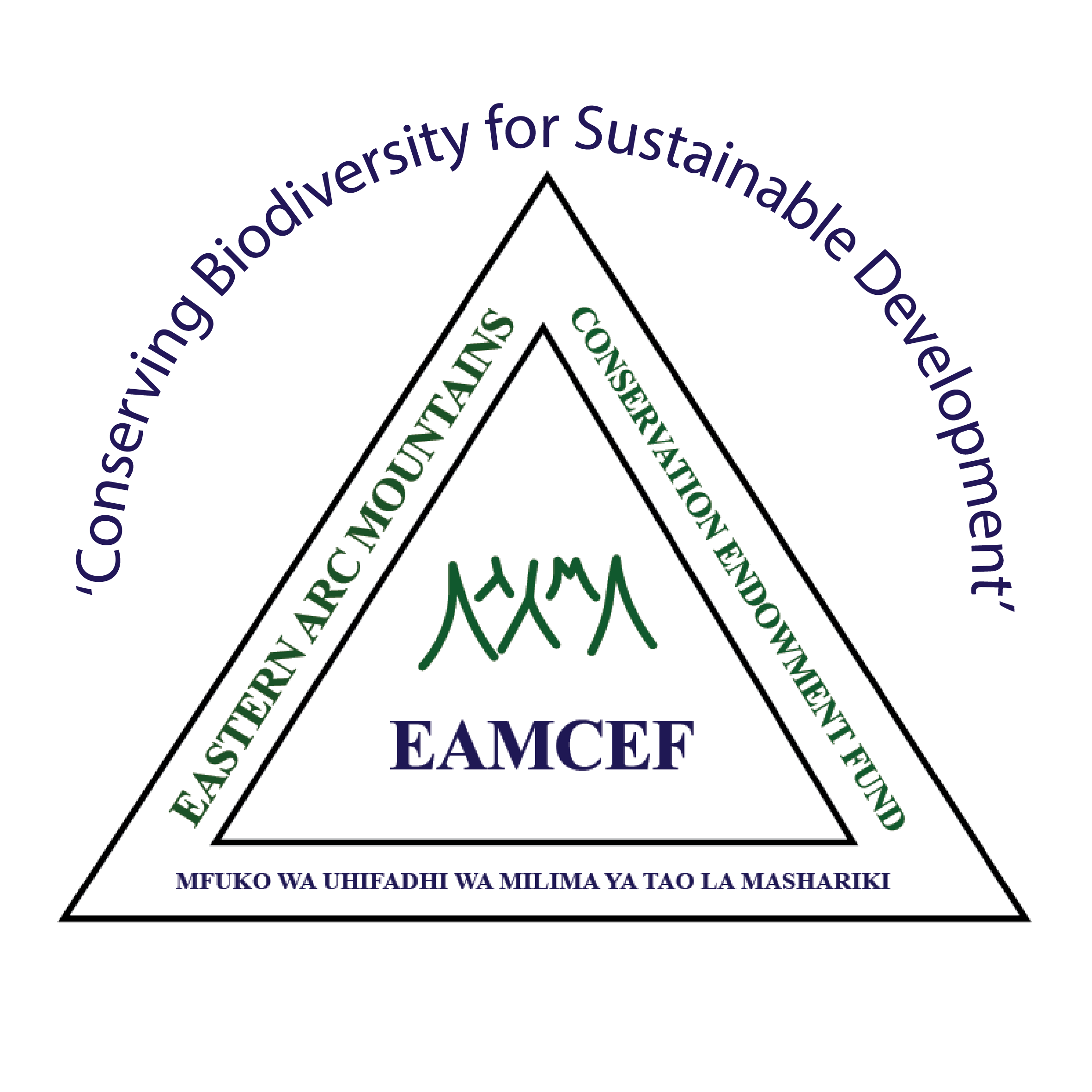The West Usambara Mountains are found mainly in Lushoto District, but a smaller area also occurs in Korogwe District. This mountain block ranges up to 2200m altitude. The area is very highly populated with about 18,1011 distributed over 215 villages. Most land outside of government reserves and small scared forest patches is converted to farmland.
The West Usambara Mountains contain one Nature Reserve (Magamba) and 22 gazetted Forest Reserves (Mzinga, Baga – I, Baga –II, Kisima Gonja, Balangai West, Mkusu, Ndelemai, Shagayu, Shume plantation, Mweni Gombero, Kisimagonja, Mahezangulu, Bumba Mavumbi, Kikongoloi, Manka, Bombo Makole, Baghoi, Kwebagu/Hebangwe, Kwenyashu, Shambalai, Mtumbi, Kitara ridge), and 11 proposed Village Forest Reserves in Lushoto District (Mzongoti, Chambogo, Kwamongo, Kifulio, Dindira, Shukilai, Sekigoto, Yumbu, Mazashai, Tanda, Deai).
There is also one private forest, Mazumbai. The total area of reserves in Lushoto District is 38,087 ha. The mountain block also contains 7 Forest Reserves (Bumba Mavumbi, Mafi Hill, Mahenzangulu, Vugiri, Balangai East, Mgombani, Ndolwa) and 3 Private (tea estate) forests (Ambangulu, Dindira, Lutindi (KKKT)) in Korogwe District, totalling some 11,045 ha. In combination around 50,000 ha of land is under some form of protection in these mountains, much supporting natural forest and grasslands.
The forests of the area are diverse and range from sub-montane to upper montane in type. These forests are of a wetter type than those of the Pare Mountains further west. Common trees in sub-montane forest are Newtonia buchananii, Parinari excelsa, Albizia gummifera and Allanblackia stuhlmannii.
High biodiversity value with 5 strictly endemic vertebrates and 19 species endemic to Eastern Arc Mountains.
The West Usambara Mountains have high biodiversity value and support 5 strictly endemic vertebrates and another 19 species that are only found in the Eastern Arc. There are also 27 Eastern Arc endemic trees. This high biodiversity value is also found in invertebrates and in shrubs and herbs. Although biodiversity surveys are probably not complete, some parts of the West Usambara forests have been well studied over the past 100 years.
Forest fire, logging, gold mining and encroachment.
The major threats to the forests in the East Usambaras are fire spreading from surrounding farmlands, logging, gold mining and farmland encroachment (especially into ungazetted forests). There is also a serious issue of invasive species, for example of the tree Maesopsis and various shrubs, herbs and lianas.
